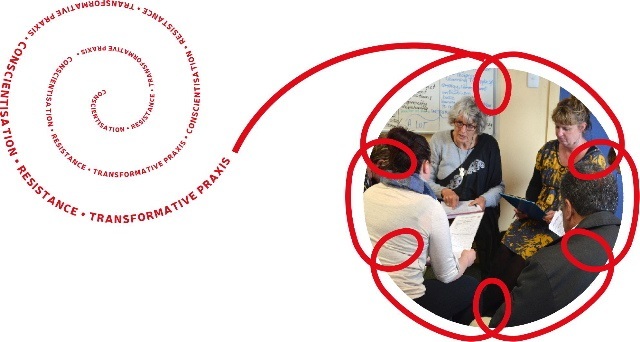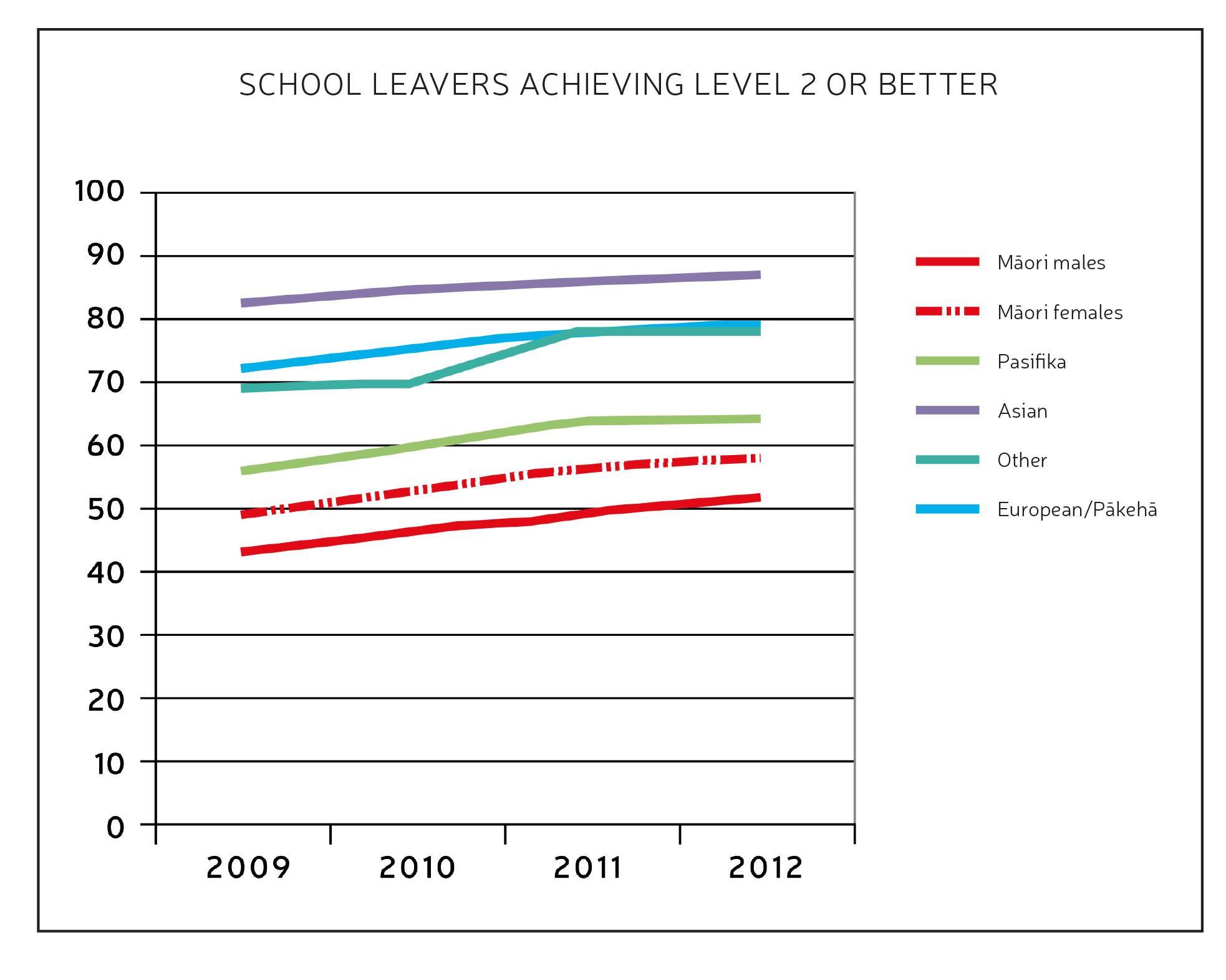Nāu te rourourau, naku te rourou, ka ora ai tātau
With the gifts you bring combined with mine, we will all benefit,
Closing the Gaps


Nāu te rourourau, naku te rourou, ka ora ai tātau
With the gifts you bring combined with mine, we will all benefit,
Long-term system failure to ensure equitable educational outcomes for Māori students will require a response from both Māori and non-Māori in accordance with our obligations under the Treaty of Waitangi.
Success is dependent upon the actions of committed educators working to change systems, structures and practices that have not previously achieved equitable outcomes. Kia Eke Panuku is a process of building upon what we know works and using evidence to identify next learning steps. Focusing on the dimensions for accelerated school reform starts with us as individuals.
For more equitable outcomes for Māori you will need to:
Through our own learning, unlearning and relearning we can support Māori students to enjoy and achieve education success as Māori. Our actions can ensure more equitable opportunities for Māori to take their rightful place as Treaty partners.

The critical cycle of learning is underpinned by Kaupapa Māori and Critical Theory.
Smith (2003) asserts Kaupapa Māori as a focus away from Māori marginalisation within colonisation to positions of conscientisation, resistance and transformative action.
Friere (1972) notes that to achieve critical consciousness, we must own our own situation. We cannot construct theories of liberating action until we no longer internalise the dominant discourse.
The importance of this critical cycle of learning is true for both Treaty partners. To effect positive change within class and school-wide practices, systems and structures, evidence is used in spiralling ongoing conversations. Essential to the success of these ‘critical’ conversations is our own personal positioning. Ownership, coherency and spread are needed to close the gap and produce long-term sustainable change.
 This data clearly shows the gap between Māori students and all others for NCEA Level 2.
This data clearly shows the gap between Māori students and all others for NCEA Level 2.
In the past what has worked for the majority of students has not worked well for Māori students.
In recent years many schools have achieved greatly improved rates of achievement for their Māori students.
Evidence from these schools shows that ‘what has worked for Māori students has worked for all students’.
The focus is now on building on that success and further reducing the disparity between Māori and non-Māori.
Securing access to simultaneous trajectories for Māori learners is fundamental to Kia Eke Panuku schools. One school shares some the shifts they have made to transform the learning environment in the Ka Hikitia video kete.